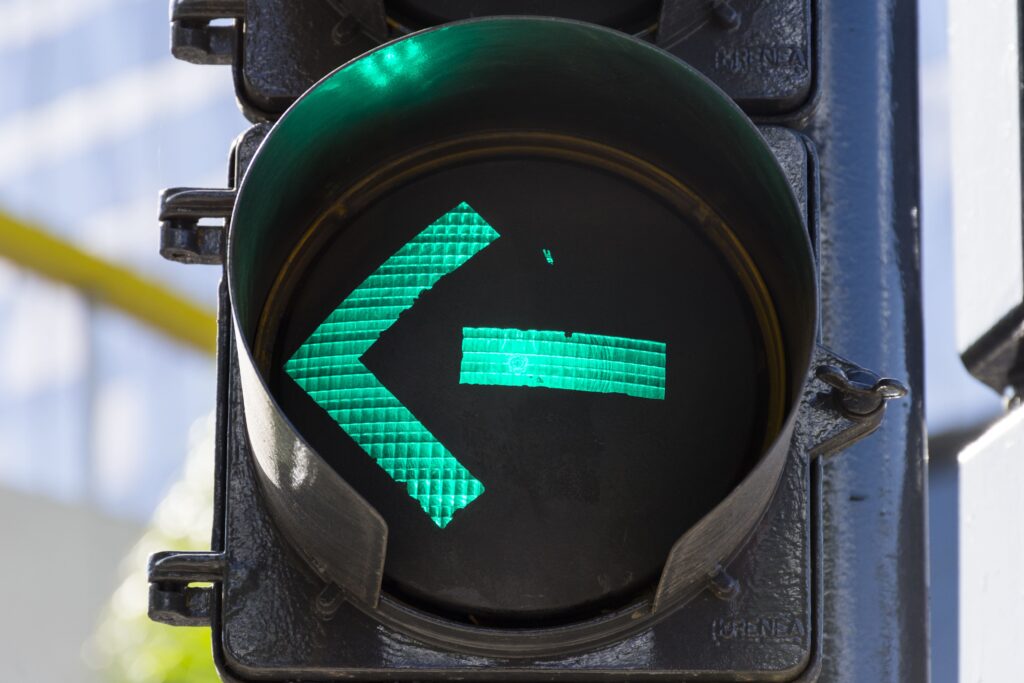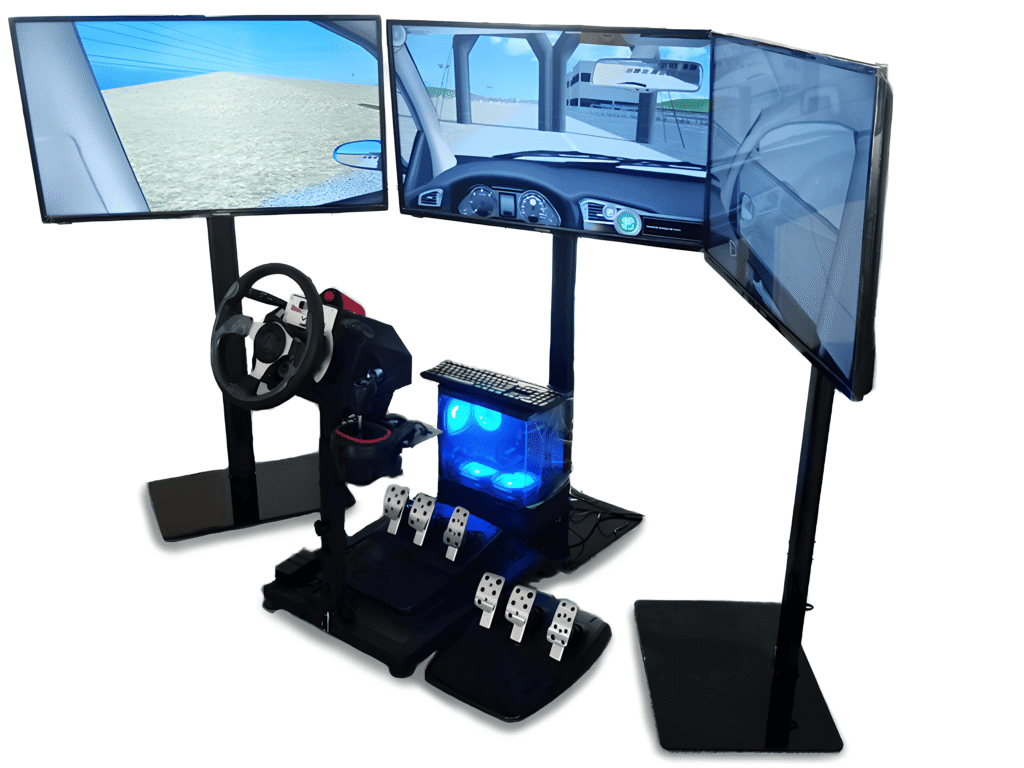The Dirección General de Tráfico (DGT) is constantly creating new traffic signs, but today we want to talk to you specifically about the new voluntary "blind spot" warning signs. The objective is to improve road safety and reduce the percentage of victims due to accidents on urban roads.
You should know that this sign can be installed on coaches, trucks, light commercial vehicles, rigid trucks, urban waste transport vehicles and tractor-trailers. But this will be on a voluntary basis.
What are blind spots?
They are those blind spots or areas in which the driver cannot see who is there or what is happening. And although it is true that all vehicles have blind spots, it is also true that this occurs with greater intensity in large vehicles.
This is why, in general, those most affected by blind spots are cyclists, motorcyclists and pedestrians.
New traffic signs, here is what you should know
The VEH Instruction 21/05 and the new sign that the DGT has created, seek to make other users aware of the existence of blind spots, this will prevent those most affected to be located in these areas or at least remain in them for the shortest time possible.
And as we said at the beginning of this article, the new badge is voluntary. But below, we tell you which vehicles can use it:
- Passenger transport vehicles with more than 9 seats, including the driver (M2 and M3).
- Transportation of goods of categories N1, N2 and N3
- Urban waste transport vehicles (N2 and N3)
The sign or badge must be located in such a way that it is visible under all circumstances. In addition, they must not obstruct the visibility of license plates, lights, signaling devices, or the driver's field of vision.
Finally, you should know about these new traffic signs that, the distinctive is only informative. Therefore, both drivers, as well as those passing around the vehicles, should continue to be attentive and cautious.
You can also read: Signal for low emission zones in Spain



